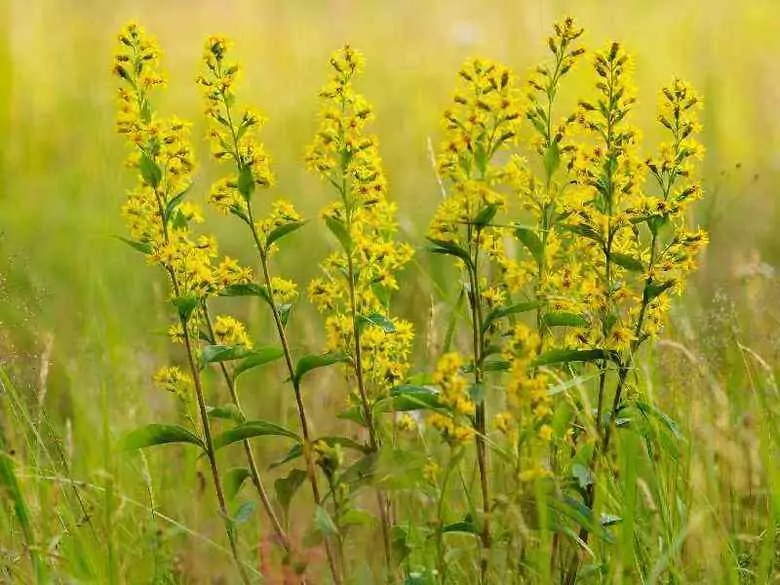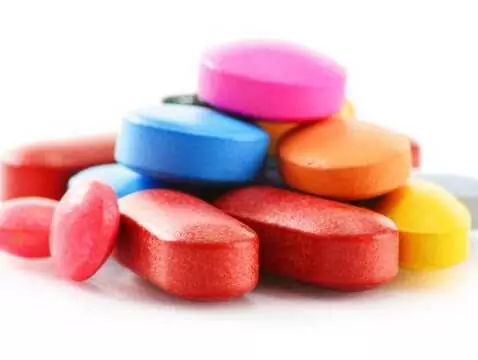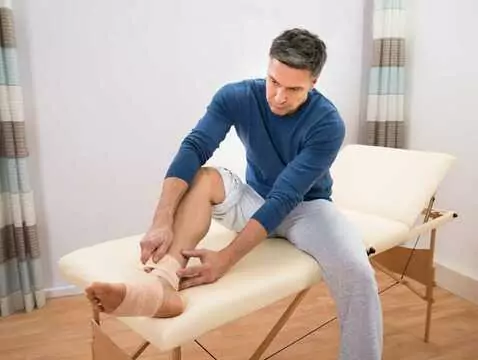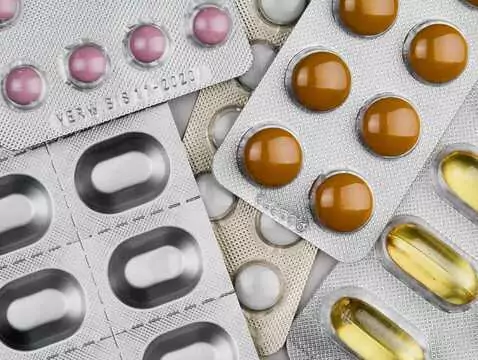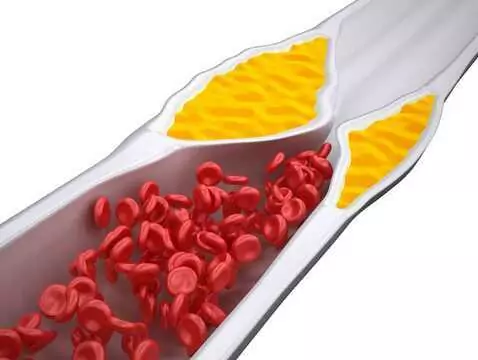Diseases of the veins, caused primarily by inflammation and thrombotic processes, often lead to a weakening of the blood vessel walls and an increase in their permeability.
Bilberry fruit (Myrtilli fructus)
This raw material is rich in anthocyanins with strong antioxidant activity. The mechanism of antioxidant action of the anthocyanins contained in bilberry fruit extracts is to inhibit lipid peroxidation (oxidation) and neutralise free radicals. Preclinical studies using bilberry fruit extract, performed on laboratory animals, have shown properties that strengthen and seal blood vessels and reduce their permeability. On the other hand, clinical studies have shown the elimination of symptoms such as a feeling of heaviness in the legs and pain during bowel movements.
Witch hazel leaf (Hamamelidis folium)
The numerous tannins (oligomeric procyanidins) and flavonoids contained in the raw material have strong astringent and anti-inflammatory effects, helpful in the treatment of varicose veins. The raw material is used both internally, in the form of an infusion 3 times a day, and externally, in the form of a cream applied to the anus.
Melilot herb (Meliloti herba)
The coumarins (scopoletin), melilotoside and umbeliferone found in the herb reduce the symptoms of chronic venous insufficiency, swelling of the lymph nodes and inflammation of the veins.
Chamomile flower (Chamomillae anthodium)
The most important medicinal substances found in the above-mentioned raw material are bisabolol, matricin and chamazulene (contained in the essential oil), as well as flavonoids (apigenin, apigenin 7-glucoside). These compounds exhibit potent anti-inflammatory effects by inhibiting the activity of enzymes - lipoxygenases and cyclooxygenases - involved in the breakdown of arachidonic acid. Consequently, mediators of the inflammatory process (prostaglandins and leukotrienes) are not produced. On the other hand, the chamazulene contained in the essential oil has an antioxidant effect. Chamomile basket is used both internally - in varicose veins of the lower legs and anus - and externally - in haemorrhoids.

photo: pantherstock
Yarrow herb and flower (Millefolii herba et flos)
The above-ground parts of the plant contain essential oils (linalool, borneol), sesquiterpene lactones (achillicin) and flavonoids. Both raw materials of yarrow (in the form of aqueous extracts for internal use and externally for soaking) have anti-inflammatory, haemostatic and mild analgesic effects.
Poplar buds (Populi gemmae)
The medicinal raw materials of these trees contain essential oil, flavonoids, phenolic esters (caffeic acid ester) and phenolic glucosides, derivatives of salicylic acid. The effect of these active compounds is to reduce inflammation within the affected vessels.
Oak bark (Quercus cortex)
Oak bark contains numerous tannins with strong astringent and anti-inflammatory effects, as well as saponosides. The latter exhibit hypocholesterolemic and immune-enhancing effects.

